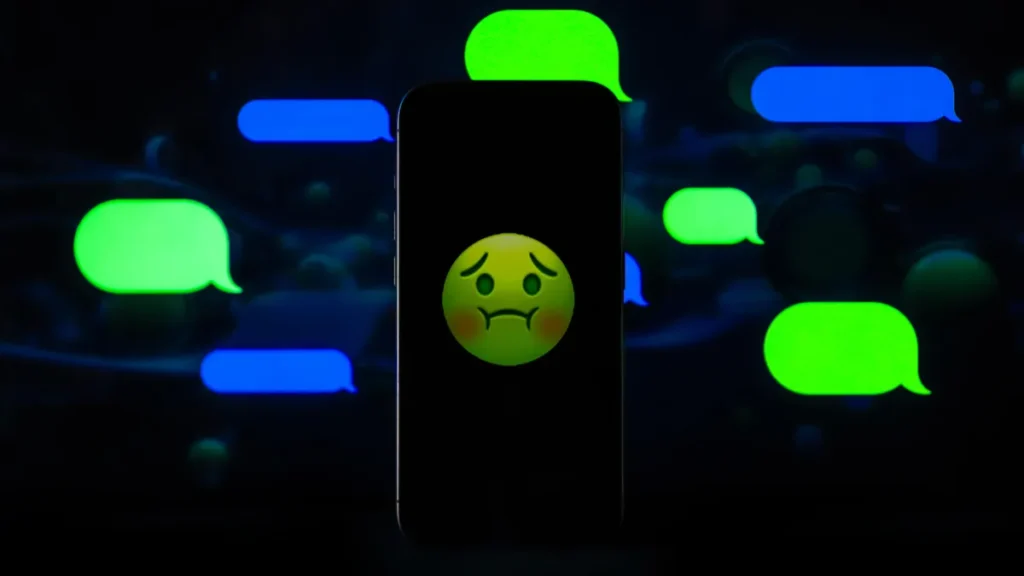Android users were relieved when Apple revealed at its most recent WWDC keynote that it has made a big update to its messaging app. Rich Communication Services (RCS) will be supported for the first time in the upcoming iOS 18, which will ship this autumn. This is a significant advance over the antiquated SMS texting technology.
When connecting with Android users, iPhone users benefit from the adoption of RCS in a number of ways. RCS makes high-quality media sharing possible, so gone are the days of grainy, compressed images and videos. Furthermore, read receipts will now be accessible on Android and iPhone devices, removing any doubt as to whether a message has been received.
The enhancements extend to emoji reactions as well. Instead of receiving a text description of an emoji reaction (e.g., “John loved your message”), Android users will now see the actual emoji reaction, mirroring the iMessage experience for iPhone users. Typing indicators might also be included, although Apple hasn’t explicitly confirmed their availability yet.
For years, Google has been relentlessly urging Apple to adopt RCS, and this move undoubtedly represents a victory for Android users. However, there’s one unresolved issue: the green bubble controversy.
While some might consider green bubbles a trivial aesthetic concern, many smartphone users view the visual distinction between iPhone and Android texts as a major obstacle. In fact, Google launched a campaign in August 2022 specifically targeting this issue, urging Apple to “#GetTheMessage” and eliminate the blue-green bubble divide.
Apple, on the other hand, defends the green bubble distinction as a security measure. SMS texting between iPhones and Androids (green bubbles) lacks the end-to-end encryption offered by iMessage (blue bubbles). Apple maintains that this distinction is necessary for users to be aware of the security differences in their messaging experience.
But there’s a deeper implication to the green bubble debate. The green bubble stigma can be a powerful force, potentially influencing users to switch from Android to Apple or remain within the Apple ecosystem to avoid green bubbles when messaging iPhone users. Legal documents revealed in 2021 confirmed that Apple had previously considered developing an Android version of iMessage but ultimately decided against it.
Internal communications from Apple further support the idea that green bubbles serve a strategic purpose. A former Apple employee stated in 2016 that iMessage is “the #1 most difficult [reason] to leave the Apple universe app,” highlighting its role in user lock-in. Similarly, an Apple executive echoed this sentiment, claiming that “Moving iMessage to Android will hurt us more than help us.”
The Department of Justice’s antitrust lawsuit against Apple specifically targets the green bubble issue. The filing argues that green bubbles “signal to users that rival smartphones are lower quality” and contribute to “social stigma, exclusion, and blame for ‘breaking’ chats where other participants own iPhones.”
The green bubble stigma is particularly prevalent among younger generations. A 2022 Wall Street Journal report documented the experiences of college students who weren’t iPhone users, with one student even mentioning a “visceral negative reaction” from others towards green bubbles. This sentiment is widely echoed on social media, with tweets criticizing green bubbles receiving tens of thousands of likes.
There’s evidence to suggest Apple’s strategy is working. A 2021 survey by Piper Sandler revealed that a staggering 87% of teenagers own iPhones.
While the adoption of RCS in iOS 18 represents a positive step for Android users, the green bubble issue will persist, creating a clear distinction between iPhone and Android messaging experiences. And for Apple, that distinction appears to be a successful business strategy.
If you like the article please follow on THE UBJ.
